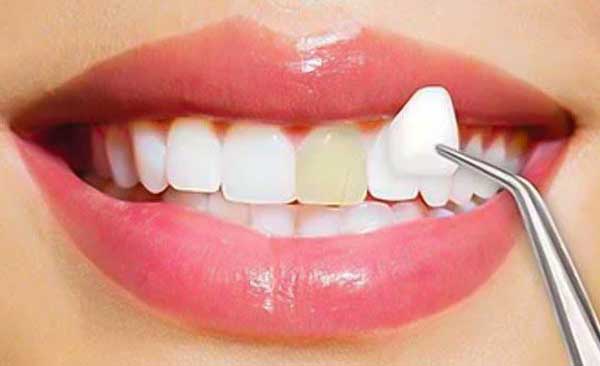smile-designing
Cosmetic dentistry is generally used to refer to any dental work that improves the appearance (though not necessarily the function) of a person’s teeth, gums and/or bite.

Smile Designing
Before deciding to undergo any cosmetic procedure, it’s important to know the benefits and risks and what you can expect during the process. Make sure you’re clear about what it will cost, how much experience your dentist has with the procedure, and whether any special maintenance will be needed afterward.
Teeth Whitening
Over time, teeth can become stained or discolored, especially after smoking, taking certain medications, or consuming foods and beverages such as coffee and tea. Using a chemical process, your dentist can bleach your teeth in one of two ways. He can do an in-office procedure, or provide you with a system to use at home.

Teeth Whitening
Before deciding to undergo any cosmetic procedure, it’s important to know the benefits and risks and what you can expect during the process. Make sure you’re clear about what it will cost, how much experience your dentist has with the procedure, and whether any special maintenance will be needed afterward.
Bonding
Bonding may improve how your teeth look if they have excess space between them, or if they are chipped, broken, stained, or cracked.
Dentists also use bonding materials to fill small cavities or to protect the exposed root of a tooth.

Cosmetic Bonding
The dentist can usually do this procedure in a single office visit by applying an etching solution followed by tooth-colored materials — sometimes composite resins — directly to the tooth’s surface where needed.
Veneers
These custom shells, typically made of porcelain (sometimes plastic), cover the front sides of the teeth to change their color and/or shape. Veneers last longer than bonding and provide a superior appearance. They are less expensive than crowns. Veneers can improve teeth that:
- Have spaces between them
- Have become chipped or worn
- Are permanently stained
- Are poorly shaped
- Are slightly crooked

Teeth Veneers
Before inserting veneers, the dentist first takes an impression of your tooth, then buffs the tooth before cementing the veneer in place. A beam of light helps harden the cement, which secures the veneer to your tooth.
Porcelain veneers are made in a laboratory, so you need a second visit to the dentist to have them inserted.
